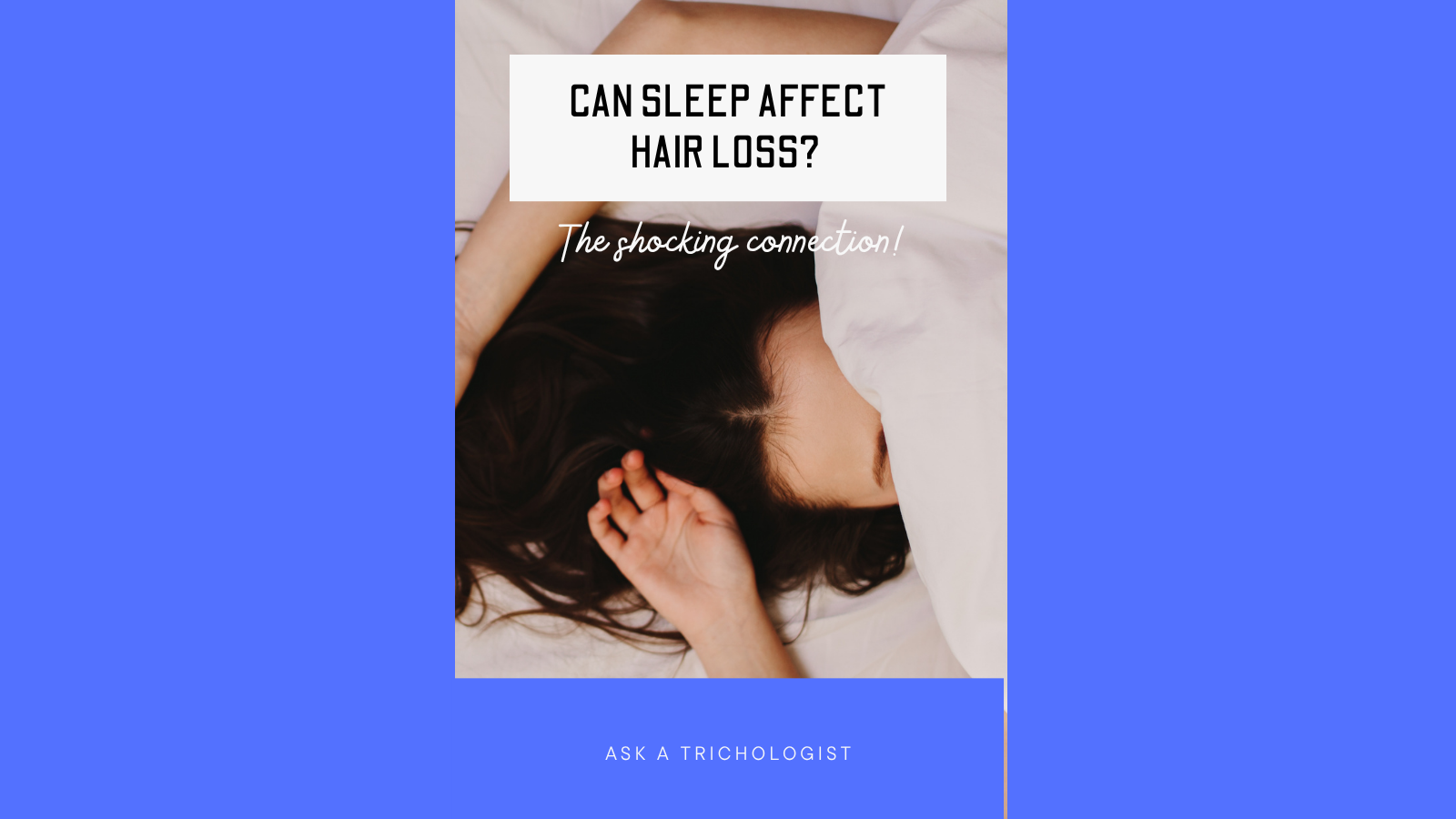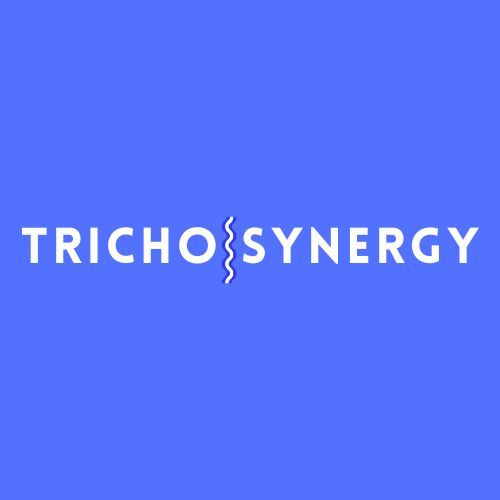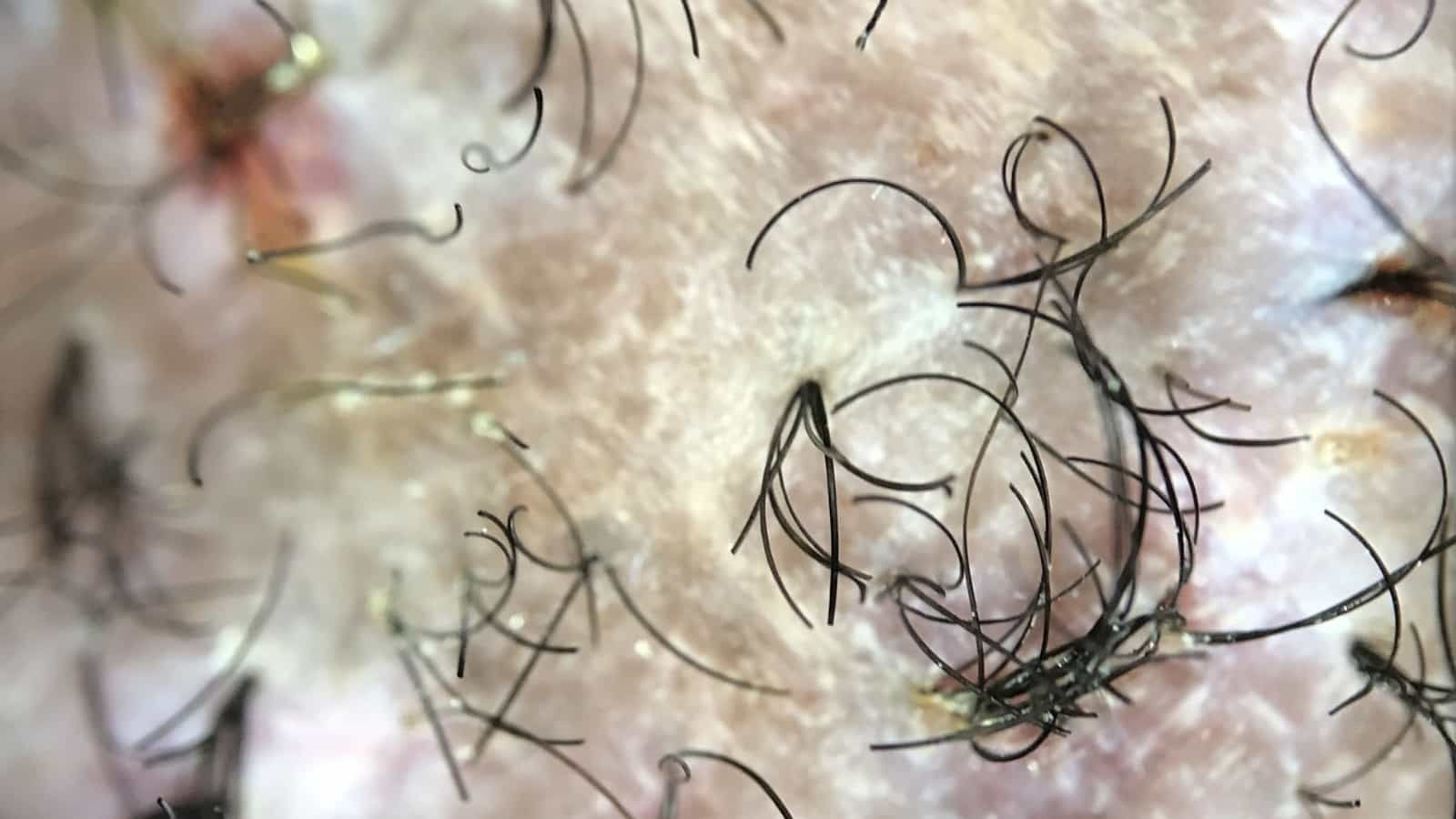Sleep, Light & Cell Growth -Your Body's Night-Time Repair Shop
How Sleep Impacts Your Hair & Scalp Health

Sleep, Light, and Cell Growth: Your Body’s Night-time Repair Shop
Picture this: every night as you drift off to sleep, your body transforms into a bustling repair shop. While you’re dreaming about that vacation you’ve been planning or replaying conversations from the day, millions of cells throughout your body are hard at work—growing, healing, and regenerating. But here’s the fascinating part: this entire process is orchestrated by something as simple as light and darkness.

The Master Clock That Rules Your Cells
Your body operates on an internal 24-hour clock called the circadian rhythm, and it’s far more sophisticated than any timepiece you’ll find in a shop. This natural cycle is coordinated by specialised “clock cells” that form a biological pacemaker in a tiny but mighty region of your brain called the hypothalamus. The hypothalamus controls many vital functions, including when you sleep and wake up.
These remarkable cells act like environmental detectives, constantly sensing cues from your surroundings and sending precise signals throughout your body via hormones and neurotransmitters. Their mission? To help align your sleep timing perfectly with nature’s cycles of darkness and daylight, along with temperature fluctuations that have guided human biology for millennia.
Think of your circadian rhythm as the conductor of a vast cellular orchestra. When this conductor keeps perfect time, every section, from your immune system to your digestive tract plays in harmony. But when the rhythm gets disrupted, the entire symphony can fall out of sync, affecting everything from your mood to your body’s ability to repair itself; as with the menopause.

Why Your Cells Love the Dark
Here’s where things get interesting: your cells don’t just grow randomly throughout the day. They’re actually programmed to do their most important repair work while you sleep. During those precious hours of darkness, your body releases growth hormone, which acts like a master key unlocking cellular regeneration processes throughout your entire system.
This isn’t just about muscle growth (though that’s certainly part of it). We’re talking about skin cells renewing themselves to keep you looking fresh, immune cells multiplying to fight off tomorrow’s challenges, and brain cells clearing out metabolic waste that accumulated during your waking hours. It’s like having a dedicated night shift crew that comes in to clean, repair, and upgrade your biological systems while the day shift rests.
The protein synthesis that drives cell growth peaks during deep sleep stages, particularly during the first half of the night. This is when your body temperature drops, your heart rate slows, and your cells can focus their energy on growth and repair rather than keeping you alert and active.
The Light Dilemma of Modern Life

Unfortunately, our relationship with light has become complicated in ways our ancestors never had to worry about.
The circadian pacemaker is remarkably adaptable; it can adjust to seasonal changes, naturally keeping us awake longer during summer’s extended daylight and encouraging more rest during winter’s shorter days. This flexibility helped our predecessors thrive through changing seasons for thousands of years.
But modern life has thrown a wrench into this ancient system. We’re now exposed to artificial light sources that can confuse our internal clocks, making it challenging to maintain the regular 'sleep-wake cycle' that’s essential for optimal cell growth and repair.
The problem becomes particularly acute during shorter days when natural light exposure is already limited. Instead of working with these seasonal rhythms, we often fight against them. We flood our evenings with bright artificial light from screens, overhead fixtures, and street lamps, while simultaneously getting insufficient natural light during the day, especially if we’re spending most of our time indoors.
This artificial light exposure, particularly blue light from electronic devices, can suppress the production of melatonin, the hormone that signals to your cells that it’s time to shift into repair mode. When melatonin production is disrupted, it doesn’t just affect your ability to fall asleep; it interferes with the cellular processes that depend on darkness to function optimally.
The Seasonal Challenge to Cell Health
Understanding the impact of light on sleep becomes even more critical as seasons change. With shifting seasons and less daylight, many people notice changes not just in their sleep patterns, but in their overall energy, mood, and even how quickly they recover from illness or injury. This isn’t coincidental; it’s directly related to how seasonal light changes affect cellular regeneration.
Without awareness and mindful approaches to managing light exposure, sleep and overall health can easily become unbalanced. Your cells essentially become confused about when they should be in active mode versus repair mode, leading to suboptimal regeneration and recovery processes.
During shorter days, you might find yourself feeling more tired, getting sick more often, or noticing that cuts and bruises take longer to heal. These aren’t signs of weakness, they’re indicators that your cellular repair processes aren’t getting the consistent, quality sleep environment they need to function at their best.
Creating the Perfect Environment for Cellular Repair
The good news is that small, intentional changes can make a dramatic difference in supporting your body’s natural repair processes. Think of it as creating the ideal working conditions for your night-time cellular repair crew.
Start by honouring your body’s need for darkness. This means dimming lights in the evening, using warm-toned bulbs instead of bright white ones, and yes, putting those screens away at least an hour before bed. Your cells are literally waiting for the signal that it’s safe to begin their repair work.
During the day, prioritize natural light exposure, especially in the morning. This helps reinforce your circadian rhythm and ensures that when darkness falls, your body is ready to transition into its regenerative state. Even on cloudy days, natural light is significantly brighter than most indoor lighting and provides the full spectrum of wavelengths your circadian system needs to stay calibrated.
Consider your sleep environment as sacred space for cellular regeneration. Cool temperatures, complete darkness, and consistent timing all contribute to creating optimal conditions for the complex biological processes that keep you healthy and vibrant.
The Bigger Picture
When you start thinking about sleep as your body’s dedicated time for cellular repair and regeneration, it transforms how you approach your evening routine. You’re not just “getting rest”,you’re providing your trillions of cells with the environment they need to keep you functioning at your best.
Restorative sleep truly is crucial for balanced health and well-being, but it’s not just about feeling refreshed in the morning. Having a regular sleep schedule that’s well-synchronised with your natural circadian rhythm allows your body to maximise those precious hours when cellular growth and repair can flourish.
By understanding and working with your body’s natural 'light-dark' cycles rather than against them, you’re investing in your long-term health at the most fundamental level.
See how this affects hair cells and hair growth
"We are passionate about healthy hair"
Hair loss treatments for patients in and around London. Providing TrichoSynergy personal consultations and hair treatments.
Don't despair! Call to find out how we can help...
At TrichoSynergy we diagnose the cause and provide bespoke treatments for each of our patients.
Happy Healthy Hair Blog










